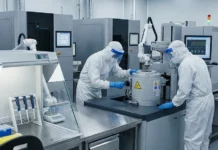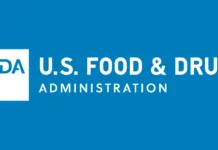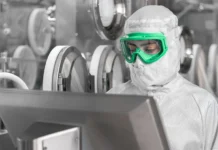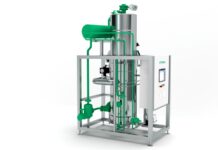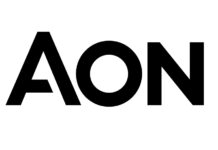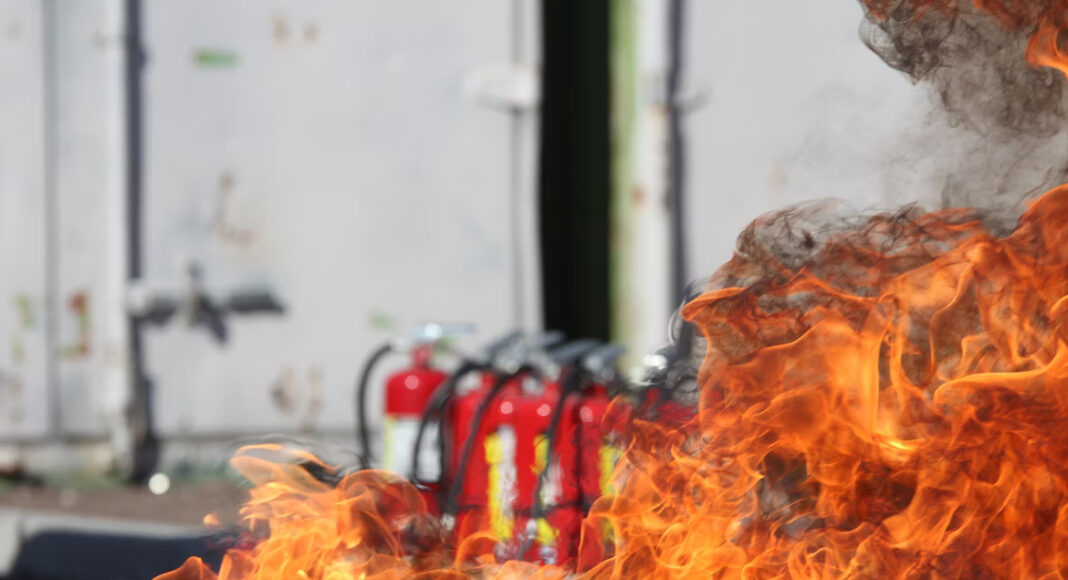Pharmaceutical manufacturing environments handle a variety of sensitive and potentially hazardous materials every day. These include solvents, flammable chemicals, pressurized gases, and high-temperature equipment, all of which can pose serious fire risks if not properly managed. Ensuring effective fire safety within such facilities is not just a compliance requirement but also a critical factor in protecting people, property, and production continuity.
Understanding fire risks in pharmaceutical facilities
Pharmaceutical production involves complex processes like synthesis, drying, coating, and sterilization. Each of these operations carries potential ignition sources. Flammable solvents used in formulation, alcohol-based cleaning agents, and dust from powder processing can all ignite under certain conditions. Combined with electrical equipment, heat, or friction, the environment becomes one that requires continuous monitoring and prevention measures.
A single uncontrolled fire incident can have catastrophic outcomes, damaging products, halting production, and risking regulatory violations. Maintaining strict fire prevention and emergency readiness plans is therefore essential for maintaining operational reliability and compliance with health and safety standards.
Fire watchers and their role in maintaining facility safety
A key element in preventing fires during high-risk activities is assigning a qualified fire watcher. These trained personnel are responsible for monitoring operations such as hot work, welding, and maintenance tasks that involve potential ignition sources. They ensure that proper controls are in place and that no flammable materials or unsafe conditions go unnoticed.
Fire watchers also play a vital role in ensuring that firefighting equipment, such as extinguishers and hoses, are accessible and ready for use. Their constant vigilance helps pharmaceutical facilities operate safely even during maintenance or production adjustments that carry elevated risk. Having a trained fire watcher on-site can make the difference between a near miss and a serious incident.
Strengthening compliance through professional fire watcher training
Ensuring that fire watchers are properly trained is crucial for compliance and effective risk mitigation. Professional fire watcher training provides individuals with practical knowledge of fire behavior, hazard identification, and emergency response. These programs also teach proper communication and coordination during an incident, helping to minimize potential impact.
In pharmaceutical settings, where strict standards such as Good Manufacturing Practice (GMP) and Occupational Safety and Health Administration (OSHA) regulations apply, trained fire watchers support overall compliance objectives. Their expertise aligns with the organization’s safety policies, audit requirements, and insurance obligations. Through structured training, fire watchers become active contributors to both safety performance and operational continuity.
Building a culture of fire prevention in pharmaceutical manufacturing
Fire safety cannot rely solely on technology or procedures, it must be ingrained in company culture. Every employee, from plant operators to quality control staff, should understand how their actions contribute to fire prevention. Regular safety meetings, drills, and refresher courses help reinforce awareness across teams.
Leadership also plays an essential role. Managers who emphasize safety accountability and maintain open communication about hazards create an environment where everyone feels responsible for preventing incidents. In facilities where production speed and efficiency are critical, this shared commitment helps balance productivity with protection.
Integrating fire safety into quality and compliance systems
Pharmaceutical companies already operate within rigorous quality systems. Integrating fire safety protocols into existing quality and compliance management frameworks makes them more effective. For instance, safety inspections can be combined with quality audits, while incident reporting systems can include near-miss tracking for fire hazards.
Such integration strengthens regulatory compliance and demonstrates a company’s proactive stance toward workplace safety. Regulators and clients alike value organizations that treat fire safety as part of their broader operational excellence strategy. By combining procedural oversight with trained personnel, manufacturers can achieve consistent, measurable improvements in safety performance.
How training contributes to long-term operational stability
The benefits of comprehensive fire safety training extend beyond immediate risk reduction. Skilled fire watchers and safety-trained employees help reduce equipment damage, prevent costly production delays, and protect company reputation. Training providers such as FMTC Safety deliver specialized programs that ensure personnel are prepared for high-risk environments, supporting both compliance and operational continuity.These benefits compound over time, turning safety investments into strategic advantages.
In the global pharmaceutical market, where manufacturing reliability and quality assurance are key differentiators, demonstrating strong fire safety management enhances trust and credibility. Facilities with well-trained safety teams are better positioned to meet client expectations, maintain regulatory compliance, and achieve sustainable operations.
Conclusion
Pharmaceutical manufacturing demands precision, control, and reliability, qualities that are directly supported by effective fire safety management. Investing in professional fire watcher training ensures that every operation, from maintenance to production, meets the highest safety and compliance standards.
By cultivating a proactive safety culture, empowering employees through training, and aligning fire prevention measures with quality systems, pharmaceutical companies can protect their people, maintain uninterrupted operations, and reinforce their reputation for excellence.



